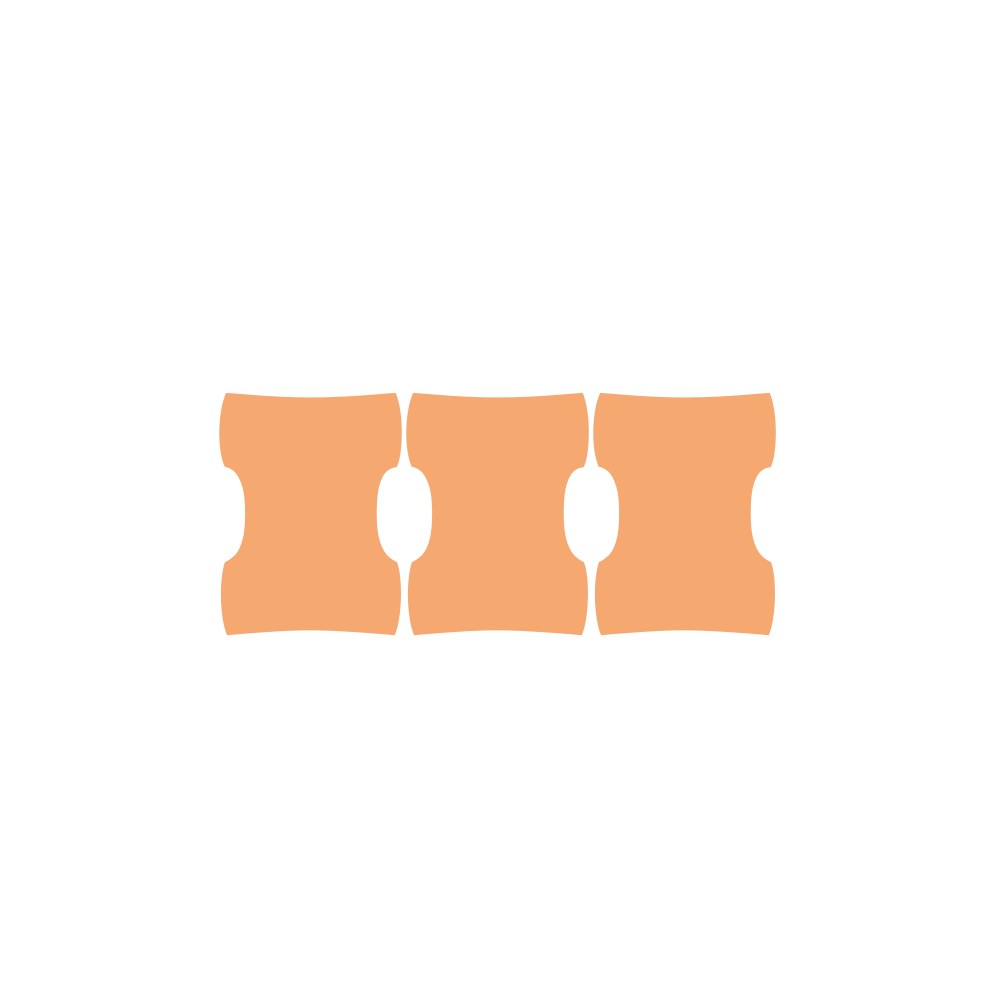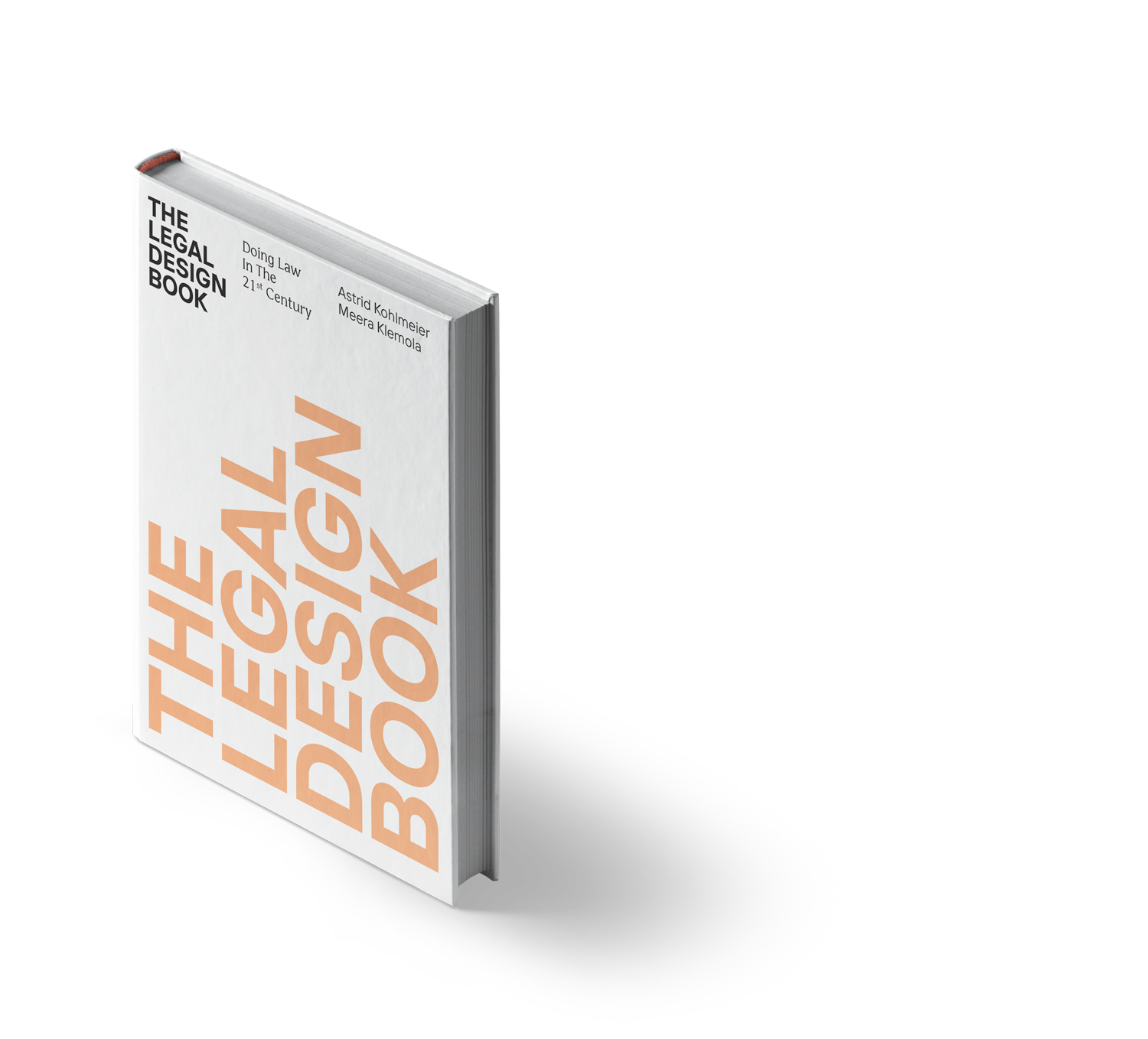Curiosity and Creativity
Curiosity and Creativity

Be curious; unleash your own creativity and the creativity of others!
When people are asked what skills describe a designer, the answer is usually that designers are, above all, very creative. Creativity is certainly a basic skill that designers must possess in order to develop new ideas. If you ask other professionals, like lawyers in particular, whether they consider themselves creative, the majority will usually answer no. This is indeed a phenomenon that needs to be examined more closely.
Children have the key to creativity
Countless studies confirm that as children we are blessed with free creativity because we can initially move around predominantly free of rules and boundaries. This applies both to our mobility and to our ability to let our imaginations run free. Regardless of whether this creativity is expressed through painting, storytelling or imaginative dance figures, children are usually not afraid of being embarrassed and giving free rein to their desire to discover and try things out. At the latest when we enter school this behavior changes, and our naturally free-thinking minds suddenly have to learn to deal with topics such as logic and diligence. The free play of the child is suppressed, and thus their creative abilities are gradually restricted.
Creativity is thus usually perceived as a hindrance in school and university education. Especially when we look into one of the most logical and analytical areas of study, jurisprudence, it becomes clear that creative abilities are not particularly emphasized or taught here. It is particularly required that the relevant jurisdiction is applied precisely and follows a certain pattern. Law schools often teach law students how to structure answers in an “ideal way.” In this context, the word “creative” is not one that is usually associated with “a good lawyer.”
Creativity meets rationality
But legal design is the opposite of fixed patterns and procedures. It is about creating innovations and new solutions. And for new ideas we need creativity. The big question is how we can revive this hidden ability. How can we (re)build our “creative confidence”?1 The good thing is that creativity can be relearned and even increased with the right mental exercises! In their book, The Secret of the Highly Creative Thinker, Dorte Nielsen and Sarah Thurber reveal that one of the core skills that foster creative ideas is the ability to make unexpected connections and see combinations others do not see.2 And making those connections can be trained regularly to improve your capacity to think creatively.
Rediscover your creative flow
Legal design projects use specific creativity techniques that help lawyers rediscover their inner children and get back to the creative power that is inherent in each of us. To get into the state of creative flow, the mental and physical conditions3 first need to be set.
We would like to encourage you to rediscover your roots and get back to your creative nature. Especially in the beginning, people often find it difficult to describe ideas using simple drawings, for example. But our experience shows that it is worthwhile to take part in this experiment and invest the time to rediscover your creative capabilities. You will see how much fun it is to have a creative ideation session with your colleagues (and even clients!) and to lure yourself and others out of their usual thinking patterns. Shared creativity is an especially unifying force that can weld you and your team together.
1 Kelley and Kelley, Creative Confidence
2 Nielsen and Thurber, The Secret of the Highly Creative Thinker, 17
3 “If you look at history innovation doesn’t come just from giving people incentives; it comes from creating environments where their ideas can connect.” “Kevin Kelly and Steven Johnson on Where Ideas Come From.” www.wired.com. September 27, 2010.
Please note:
If you are using our text or parts of it in any way, you must mention The Legal Design Book and us, the authors, Meera Klemola and Astrid Kohlmeier as your source of information.
A new perspective on the legal profession
The Legal Design Book is the go-to guide for practitioners seeking to understand the topic and apply legal design in their daily work. We cover what legal design is, why it’s important and how you can apply it in practice.
